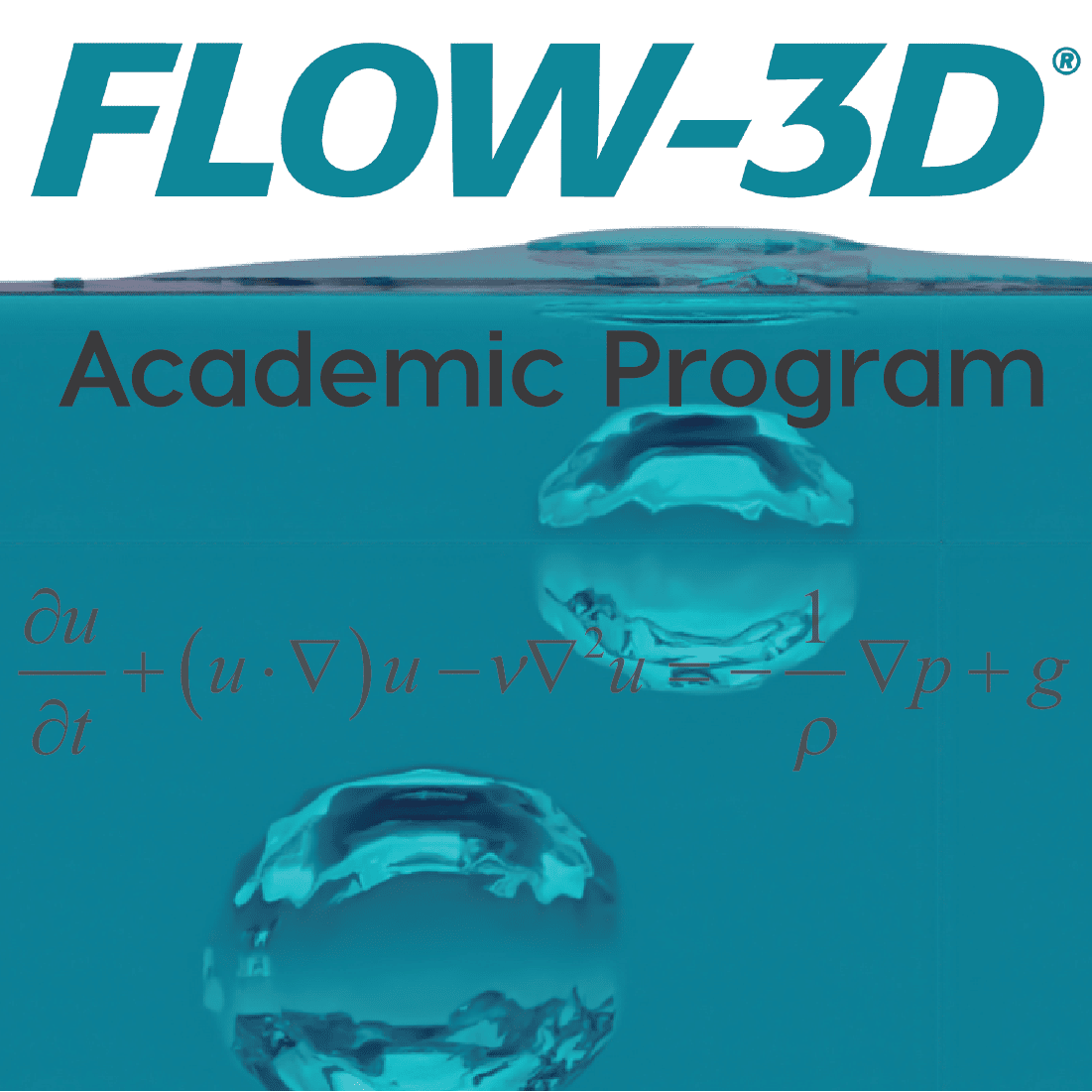
CFD-101 is one of the most comprehensive online resources for Computational Fluid Dynamics basics, edited by Flow Science’s founder and Volume-of-Fluid (VOF) pioneer, Dr. C.W. (Tony) Hirt. CFD-101 is designed to give a general introduction and overview of a variety of issues concerning computational fluid dynamics. We have only touched on a few of the many features that must be considered when attempting to make useful, accurate and efficient computational models. There are many papers and books available for gaining a basic grounding in CFD. We have chosen here to focus primarily on a few topics that are not generally included in standard references. Please use the menu at the top of the page to explore this CFD reference tool.
New! A Life in CFD by Dr. C.W. “Tony” Hirt
I have spent 60 years working in computational fluid dynamics (CFD). These notes consist of personal remembrances, history, incremental advances, and a discussion of where CFD is today and where it will be in the future. Predicting the future of CFD is not so easy. The reasons for this and what might be possible in the future are briefly discussed. Along the way, it is hoped that readers will get some idea of what it was like to pursue CFD from its beginnings when pre and post processors, advanced programing languages and graphic display methods were not available, not to mention that the computers back then had little memory or speed.
CFD for Beginners
A general description of how to think about computational fluid dynamics (CFD) is given in the article, Simulating Fluid Flow with Free Surfaces. This article introduces the idea of reducing a simulation region into small volume control elements for which algebraic equations are constructed to describe the conservation of mass, momentum and energy exchanges with neighboring elements. Additionally, a simple method is introduced for a means of describing the motion of free fluid interfaces within the region of control elements.
Also for beginners, the article, What you should know about CFD modeling when selecting a CFD software, contains brief summaries of a variety of issues that are important considerations for constructing numerical solutions to fluid dynamic problems. Many of these issues, such as meshing, geometry representation, implicit versus explicit numerical methods and relaxation/convergence parameters are explored in greater detail in the remaining articles in CFD-101.

Beyond CFD-101
Some of the topics in this series of articles may also be of interest to more advanced students of CFD. For example, what is meant when a fluid is described as “incompressible” includes two limit conditions that should be satisfied. Another example describes when it is preferable to relax conservation conditions. And, finally, how should Reynolds number dependencies be evaluated?


